Step Nine: Making Amends
Permanent link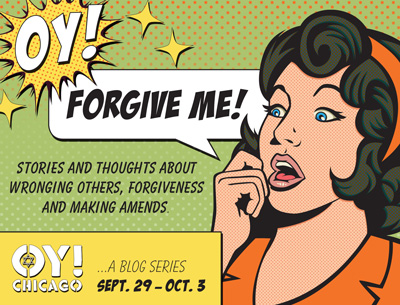
Editor’s note: We chose to run this piece anonymously out of respect for the author’s privacy as they continue to go through the process of self-repair and the rebuilding of relationships. If you think that you or someone you care about has a problem with alcohol, visit www.chicagoaa.org or call312-346-1475. A sober alcoholic is on the other end of the line 24 hours a day. The Jewish Center for Addiction also has resources to help and can connect you with the Chicago Jewish Recovery community.
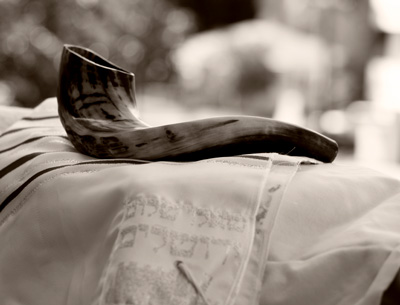
Three memories stand out when I think about High Holiday services at my childhood synagogue:
1. Mrs. B’s mesmerizing South African accent during responsive English reading
2. The final shofar blast on Yom Kippur, captivating and heart-stopping as everyone waited to see which congregant could hold the longest tekiah gedolah
3. The choir director’s booming bass as he sang, U’teshuvah, u’tefilah, u’tzedakah ma’avirin et ra ha’gezirah during Unetaneh Tokef
Little did I know that my subconscious was indelibly imprinting those moments into my soul, and the words of UnetanehTokef would decades later become a daily meditation for me as a recovering alcoholic working the 12 steps of Alcoholics Anonymous.
In the days leading up to Rosh Hashanah this year, I had the great fortune to mark 33 months of continuous sobriety. My drinking days were riddled with thoughts and actions that caused physical, financial, emotional, and otherwise tangible and intangible harms to my family, friends, colleagues and myself. Some of these actions and their consequences were evident to anyone within a mile radius of me. Like the Big Book of Alcoholics Anonymous says, I was a tornado roaring through town. Other actions and harms were more insidious – a carbon monoxide leak that no one detects until damage has already been done.
Unetaneh Tokef is a Jewish liturgical poem sung during the High Holidays, and the booming words etched into my mind as a child translate to, “But repentance, prayer, and righteousness/charity avert the severe decree.”
For me, this “severe decree” refers not to being sealed in the Book of Life on Yom Kippur; it may as well be active alcoholism, for when I’m drinking, I have no life. In order for me to stay sober and live a happy and meaningful life, I need to pray, act righteously in service to others, and make amends for my behavior.
Making amends is the Ninth Step in AA. It is a process I have undertaken in the past two months (they suggested, of course, that I complete the first eight steps first). As I spend more time at work than anywhere else, the most egregious of my harms were in the workplace. And therefore, the first amends I made were to colleagues and supervisors, past and present.
But how do you approach a woman toward whom you acted with such hostility, including occasional bouts of profane ranting, that you were required to have mediation?
How do you look your former boss in the eye, the one who once asked you point blank whether you had a drinking problem, and to whom you replied with an adamant "no" only to repeatedly text them during 3 a.m. blackouts in the final months of your drinking?
How do you work up the courage to mention once again the unmentionable in your past? How do you quiet the squirrels in your brain that busily attempt to convince you that you had a right, a reason, a justification to act the way you did? How do you swallow your pride, your fear, and everything in between?
Fortunately, there is a somewhat standard script for making amends:
1. Tell the person you’re aware that you caused them harm and outline what the harms were
2. Express regret that you acted in these ways and that they were hurt
3. Tell them how you’re planning to make things right
4. Give them a chance to tell you about any harms you omitted or other ways you can atone for your behavior
5. Follow through on what you said, showing them through your deeds and not just your words that you mean business
The Big Book tells me that if I am painstaking about making these amends, I will not regret the past nor wish to shut the door on it. I will comprehend the word serenity and I will know peace. All sorts of fears will leave me. I didn’t at first have complete faith that the promises would come true, but I did know that anything would be better than the hopelessness, shame, loneliness and despair of my final drinking days. So I shut my eyes and leapt in, embracing the idea that my past was my greatest asset.
And fortunately, everyone I have approached so far has graciously accepted my apologies. All have expressed that the past is water under the bridge, that I am forgiven, and that they are simply thankful that I took the time to talk with them. I hoped for, but certainly did not expect, such compassion and immediate forgiveness. I am truly grateful for this.
Even more powerful and unexpected than the forgiveness from my colleagues has been the forgiveness I have experienced for myself. I’ve learned that telling the truth and admitting when I am wrong, no matter how painful and scary, and no matter the potential consequences, is a freeing experience. And it was, in fact, my past—both the internal mantra UnetannehTokef and all that I had to atone for—that turned out to be an unexpectedly valuable asset. My past is what has brought about this new wealth of freedom.
To read more posts in the “Oy! Forgive Me!” blog series, click here.


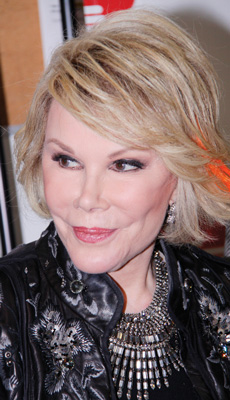


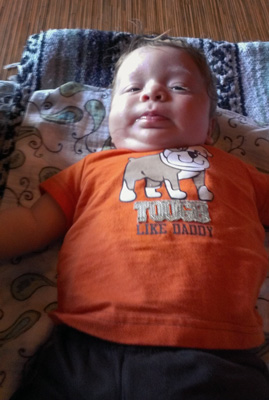
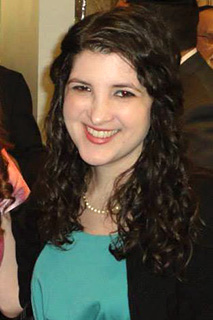

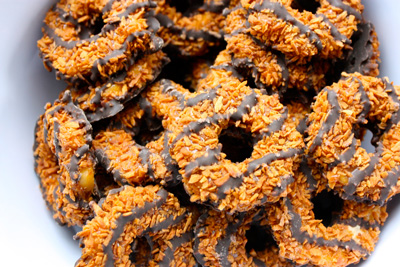
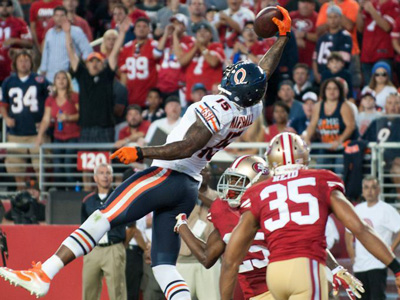
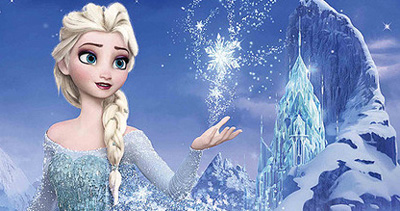
.jpg)
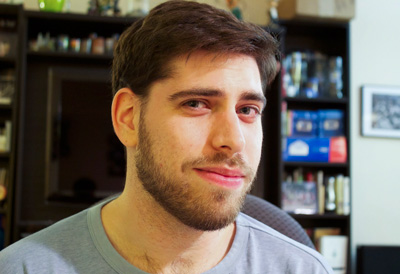
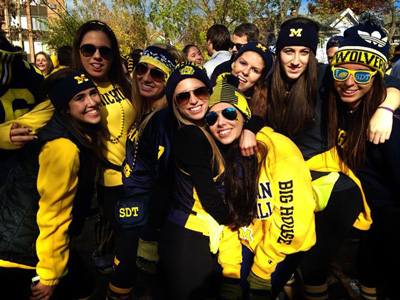

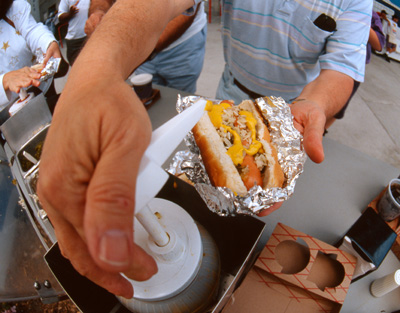
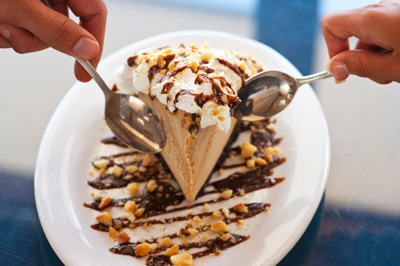
.jpg)

.jpg)



